All eyes are glued to social media. Statistics show that more than half of the population is on social media on a regular basis at an average of 2 or so hours per day.
That makes it the perfect stage for your small business to flex what it has to offer.
This is your chance to build brand awareness, develop excellent customer relations, as well as make direct sales off of different social media platforms.
Why small businesses need social media?

Social media is such a powerful marketing tool to increase your brand awareness with opportunities to:
use hashtags for visibility and to stay relevant (like #ShareACoke ads)
create a space to build communities around brands
share content across different platforms seamlessly for added visibility
reach unlimited potential in a wider demographic
additional profit opportunities through ads and partnerships
directly sell through the platforms
provide direct customer service
get direct feedback from your audience
As a cherry on top, creating an account on social media platforms are free.
All these perks and all you need to invest is your time and energy in building a successful social media campaign!
Tips on How to Use Effective Social Media to Boost Your Small Business

- Set Up a Plan.
Set SMART goals:
Specific– a clear and simple objective
Measurable– a metric to track your level of progress or success
Attainable– a metric to track your level of progress or success
Relevant– a metric to track your level of progress or success
Time-bound– a metric to track your level of progress or success
Key Metrics
Check out your competition.
Identifying high-rank keywords used in your business. You can check out LSI generators, like SEMrush to find out which ones are popular for your scoop.
Checking out top rankers on Google searches.
Finding out similar brands your audience is following with Facebook Audience Insights. This also shows you the brands you’re likely competing against.
Lock on to your target audience.
Designate social media platforms.
Forge positive relationships.
Observe the trends.
Quality over quantity.
Utilize helpful tools.
Constantly check and refine your quality.
Knowing that social media accounts are free isn’t your cue to start one and post the first thing that comes to mind.
First, we need to figure out a goal that’s aligned with your business objectives.
Knowing your end goal is always the best beginning to every business plan to make sure that every action leads to your ultimate purpose.

An example of a SMART goal is, “I want my brand to reach 10K followers in 6 months on Instagram”.
What’s your SMART goal?
But then again, successful social media campaigns aren’t solely measured by the number of followers on your account. You also need to identify which metrics are worth tracking.
Things like engagement, click-throughs, and conversion rates are some of the important metrics to measure the success of your business.
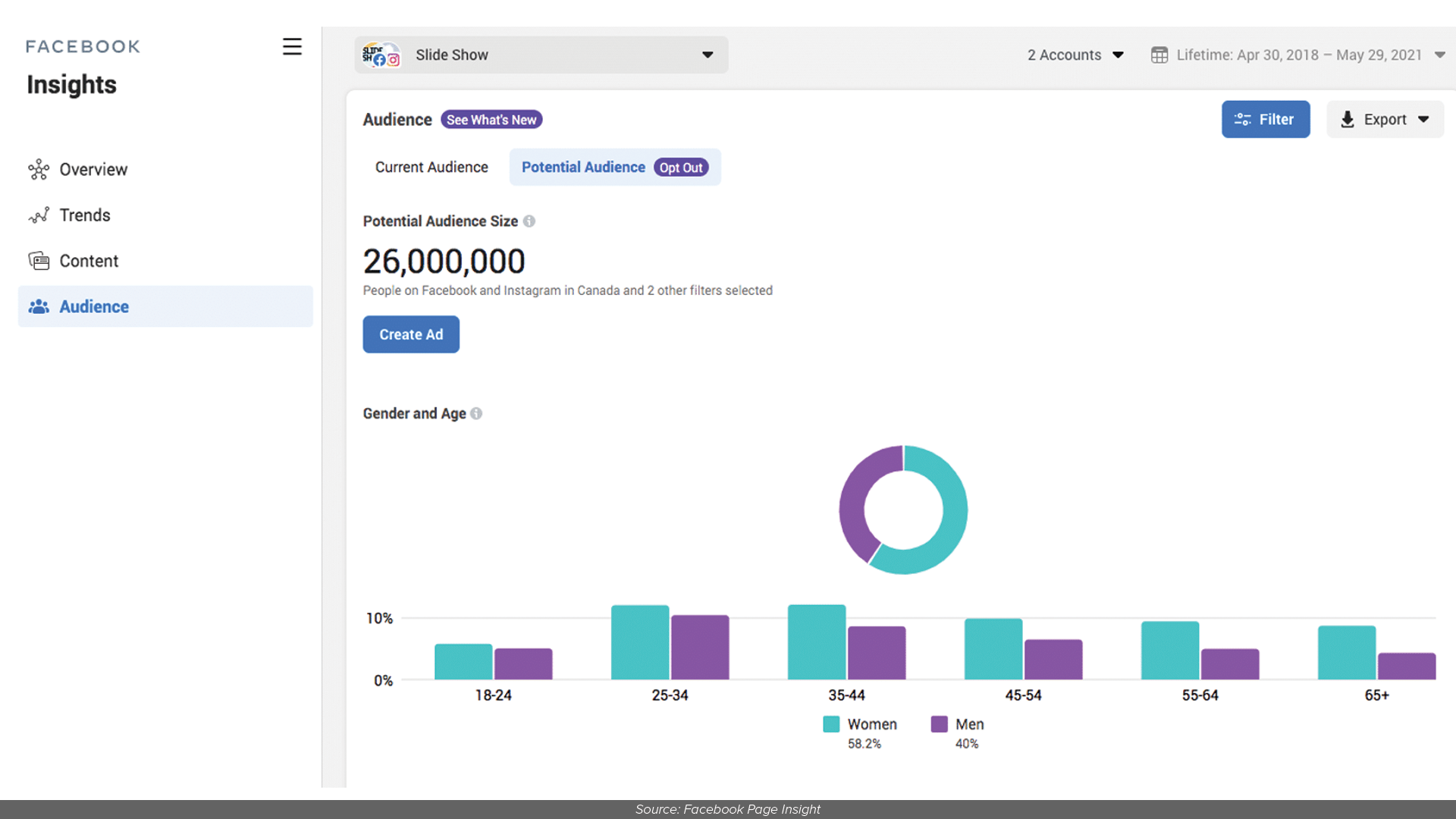
With the help of 3rd party social media analytical tools like Hootsuite or Buffer Analyze, you can check them regularly and adjust your plans depending on the trends you see.
You can also use different platforms for different goals for your brand. For example, you can focus on Instagram for brand awareness and check your likes, views, and shares there. And have Facebook for customer engagement and for tracking the number of comments, messages per day, and customer feedback.
With a goal clear in your mind, you can now plan out actionable steps to achieve them. You can confidently move towards the next steps in your campaign.

At the end of the day, businesses are in constant competition. Granted, some are friendly or even symbiotic at best, but is still a scrimmage for your target audience’s attention.
It won’t hurt, then, to check out what others in your line of business are doing by running a competitive analysis.
This can be done by:
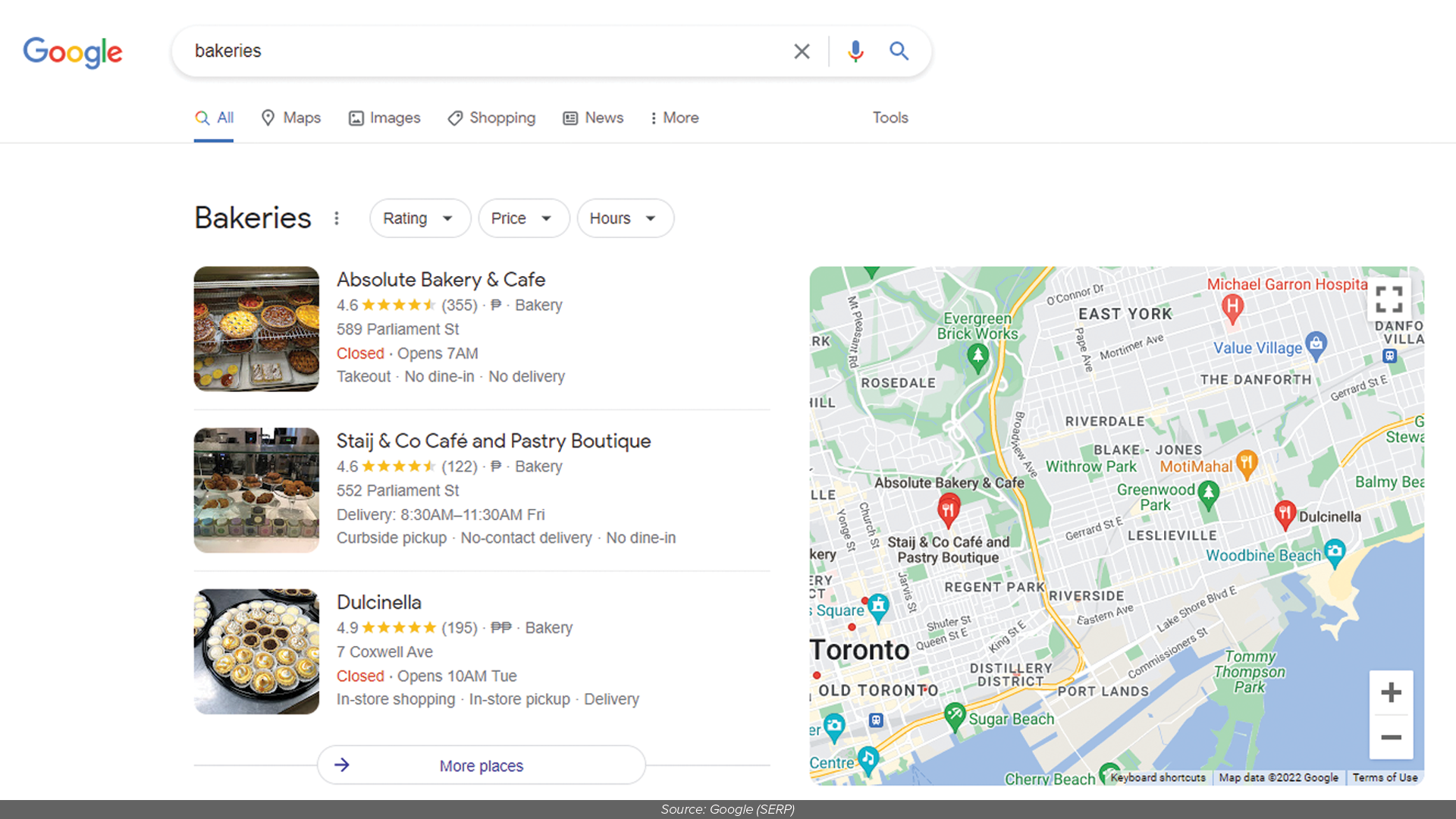
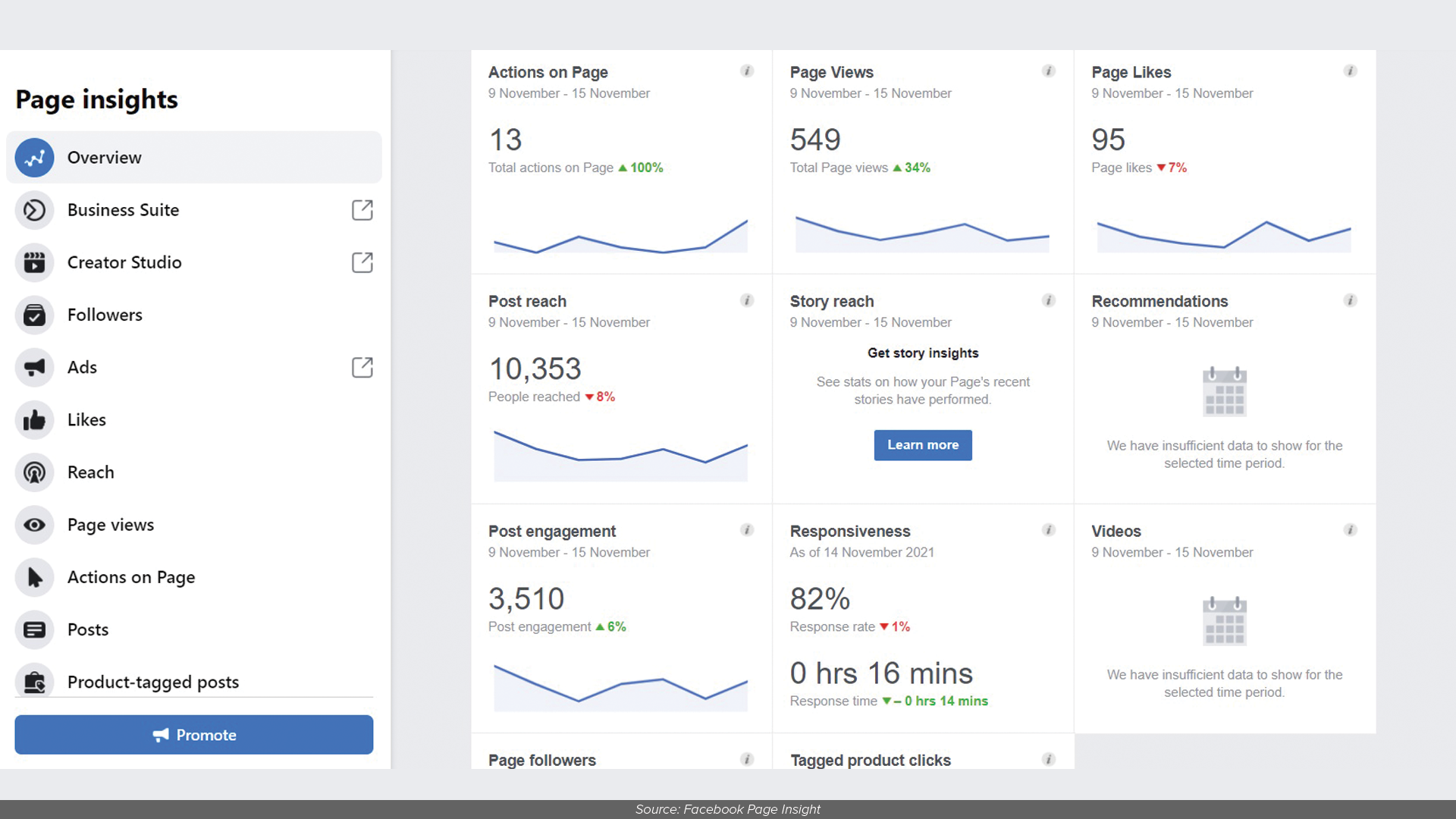
Once you’ve locked on to who you’re competing with, scout for best practices you can apply, opportunities you can take advantage of, strategies you can improve on, and weaknesses you’d want to avoid.
Find inspiration in brands with successful campaigns or from your favorite brands on social media then absorb them into your plans as well. Save yourself from mistakes you can avoid by observing how others fared. It can spare you a lot of time, effort, and money
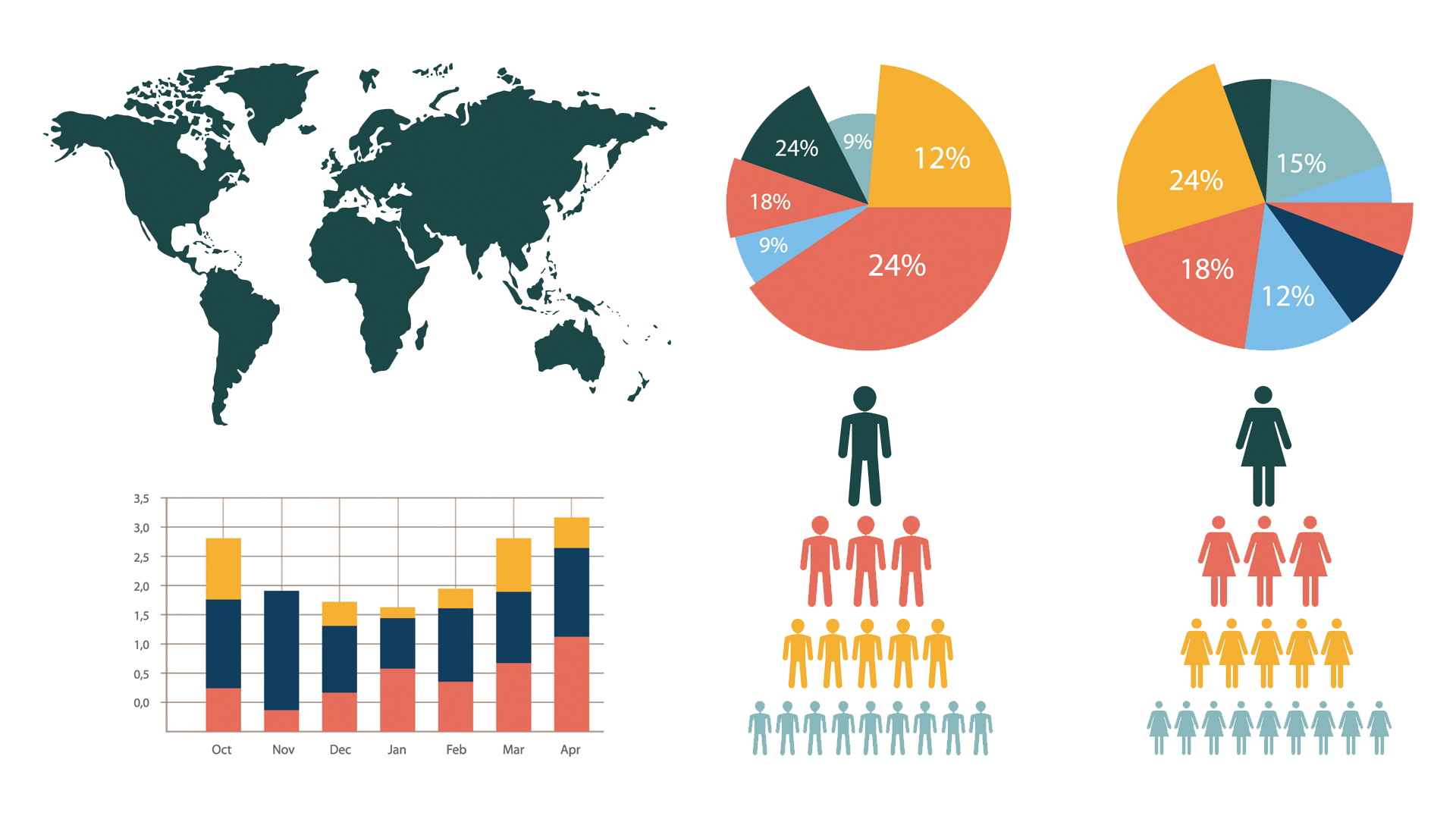
Social media accounts are free and posts are unlimited, so you should jump right in, right?
Wrong.
Throwing bait at random and hoping something bites isn’t the best use of your resources, time, and energy.
Most (if not all) business models would tell you to figure out who your target market is. Narrowing it down to an age group, gender, average income, etc. will give you an idea of how you can approach them with your selling pitch.
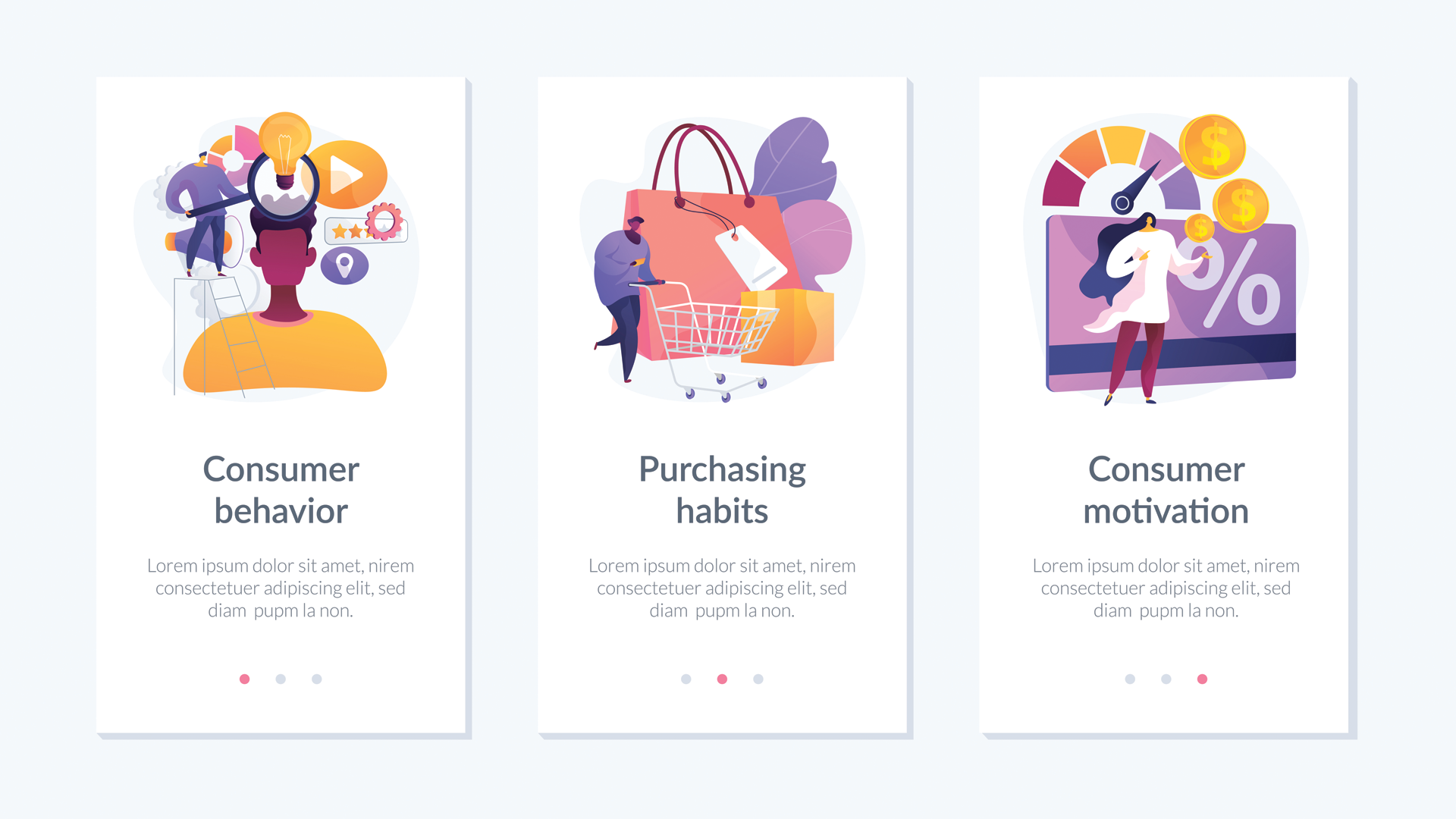
You need to observe their buying habits, typical reactions, and key engagement triggers to know how they navigate around and deal with your brand and similar ones as well.
Profiling these characteristics is called building a buyer persona. Knowing different buyer personas and which ones generally gravitate towards your scope of business is how you can aim your plans more accurately. For more detailed steps in creating a buyer persona, Hootsuite has the brief.
Focus on your top 3 buyer personas and have your strategies target those potentials for a better chance at success.
Which platform does your audience flock to? Make an account there. Is your age group on the younger side? Use more hip and trendy slang in your ads and responses.
Create your mold from their preferences.

Choosing which platform to use can get pretty overwhelming because of the wealth of diversity. And note that you don’t need to make an account for every single one of them. Otherwise, all you’ll ever be doing is keeping up with all of them.
You can use different channels to accomplish different goals like I previously pointed out earlier.

Instagram can be your avenue for visual content and brand awareness because its format is best built for photos. Here you can share high-quality photos of your products or services. You can also share short and fun clips highlighting your brands’ perks and merits. The Stories feature can be like quick ads to give your followers updates on current events with your brand.

Facebook can be your way of harnessing engagement and boosting customer relations. Facebook Groups are a great way to build a community centered on your brand. Giving your target audience a sense of belonging will also increase customer loyalty.
Having these platforms play specific roles will make them more manageable. It’ll also be easier to track your metrics if you have clear channels for every goal. So plot out which platforms aim for which goals (don’t forget to be SMART) and take the next step forward.
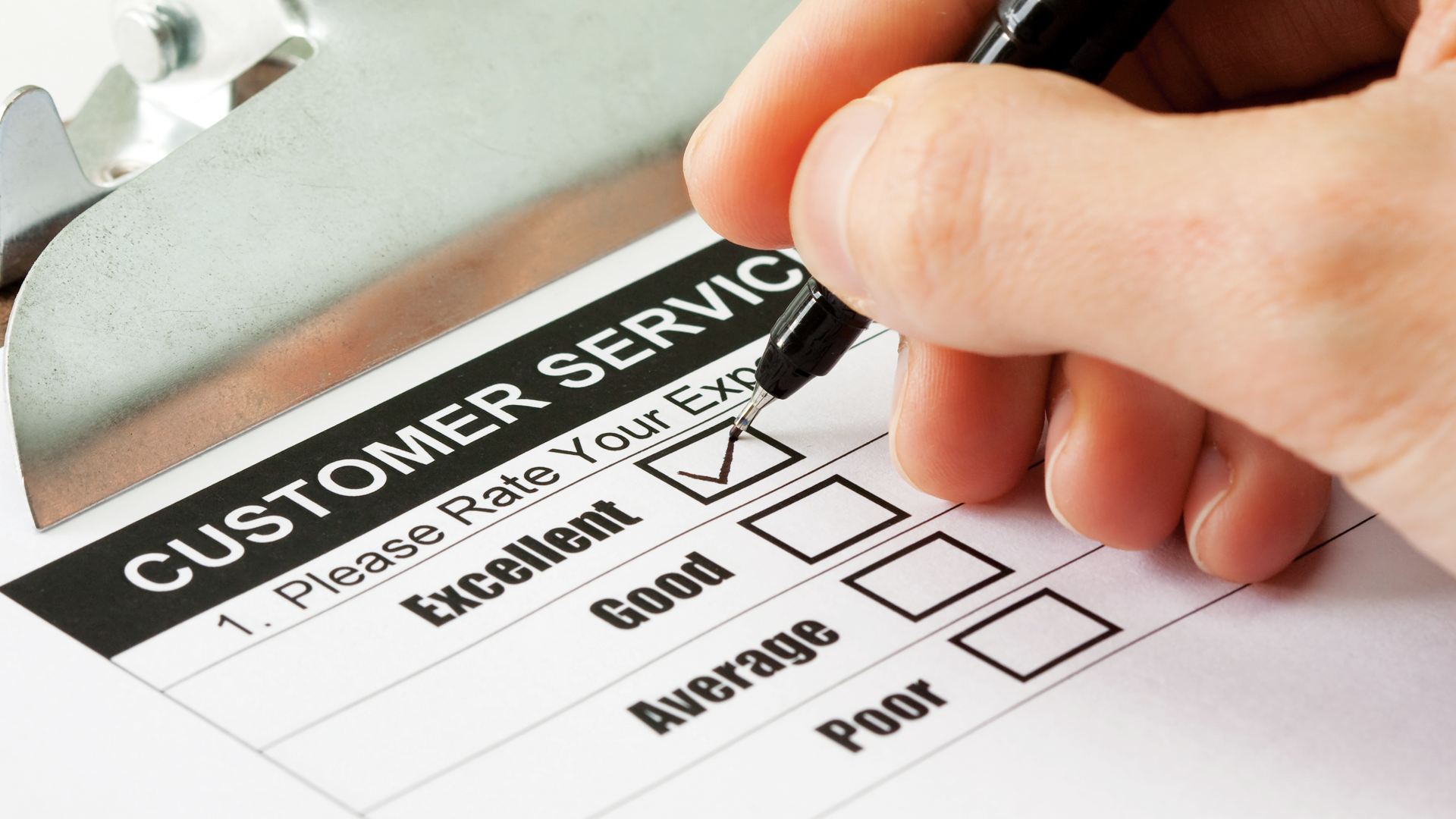
When you experience positive customer service, you’re likely to put mental tabs to come back or tell your friends about it. Even if you don’t remember what exactly it is the waiter or attendant did to make the experience pleasant, the feeling sticks.
With social media as your tool, you can forge better and warmer relationships with your audience, peers from related businesses, and from affiliates. Managing a small business is not a “one man is an island” thing. Use your environment to nurture your budding venture.
With your audience

An approachable brand is a brand that’s easier to identify with and eventually trust. Social media gives you a direct line to your audiences’ questions, concerns, suggestions, and kudos.
Although targeting new customers is the obvious goal, fostering loyal return customers is just as important. Repeat customers are often the ones that spread positive word of mouth to other potential customers which is another great way to get more people interested in your business. Free advertising!
Send shoutouts to your patrons and mention them on your posts and stories, your acknowledgment can go a long way in letting your customers know they are appreciated. Thank them for their continued appreciation for your brand or just let them know you “see” them
With partnerships

You can also link with other small businesses or local entrepreneurs for a win-win deal. Partnering can be a great way to advance your business to a wider market.
Take Amazon and American Express. An e-commerce business partnering with a credit card company working together to bring smoother transactions and added perks for their customers.
On the business side, their team-up allows them access to more extensive data on both their scopes that help them improve their services. A win-win.
Let’s not forget about the viral power of social media influencers. Reach out to influencers that represent similar values to your brand to make it stand out and shine.
Small businesses owners can ally with micro-influencers (those with about 1k-100k followers) that focus on the same scope as your brand. Consumers go to influencers, these days, for recommendations. Established ones are considered the authorities in their chosen niche. This is your chance to catapult your brand into the spotlight.

Look out for newer and cooler ways to advertise your brand on social media to keep your business relevant.
Memes (me-mes? mems? meems?) are the “in” thing lately. Witty use of memes can get you the attention your brand needs for better visibility.
I’m not saying to take on every single one either. All I’m saying is that switching up your style posts (memes, gifs, Tiktok clips, or infographics) and incorporating trendy topics can keep things interesting on your social media accounts.
Likewise, observing current events and addressing them (or your brand’s opinion of them) on your social media can also keep you in with the times. However, tread lightly and be mindful of general opinions and concerns to keep from negative feedback.
Check out your local news. What’s going on in your area? Jump in on that conversation. Stay in the know about what’s going on in your locality to know if and how it works with your business objectives and values. Find something interesting or entertaining and come up with a fun way to mention it on your social media.

I know this phrase has been used so many times it’s practically ringing in your ears. BUT, it can’t be stressed enough that the value you bring to your audience is what separates any other business from a successful one.
Quality products/service
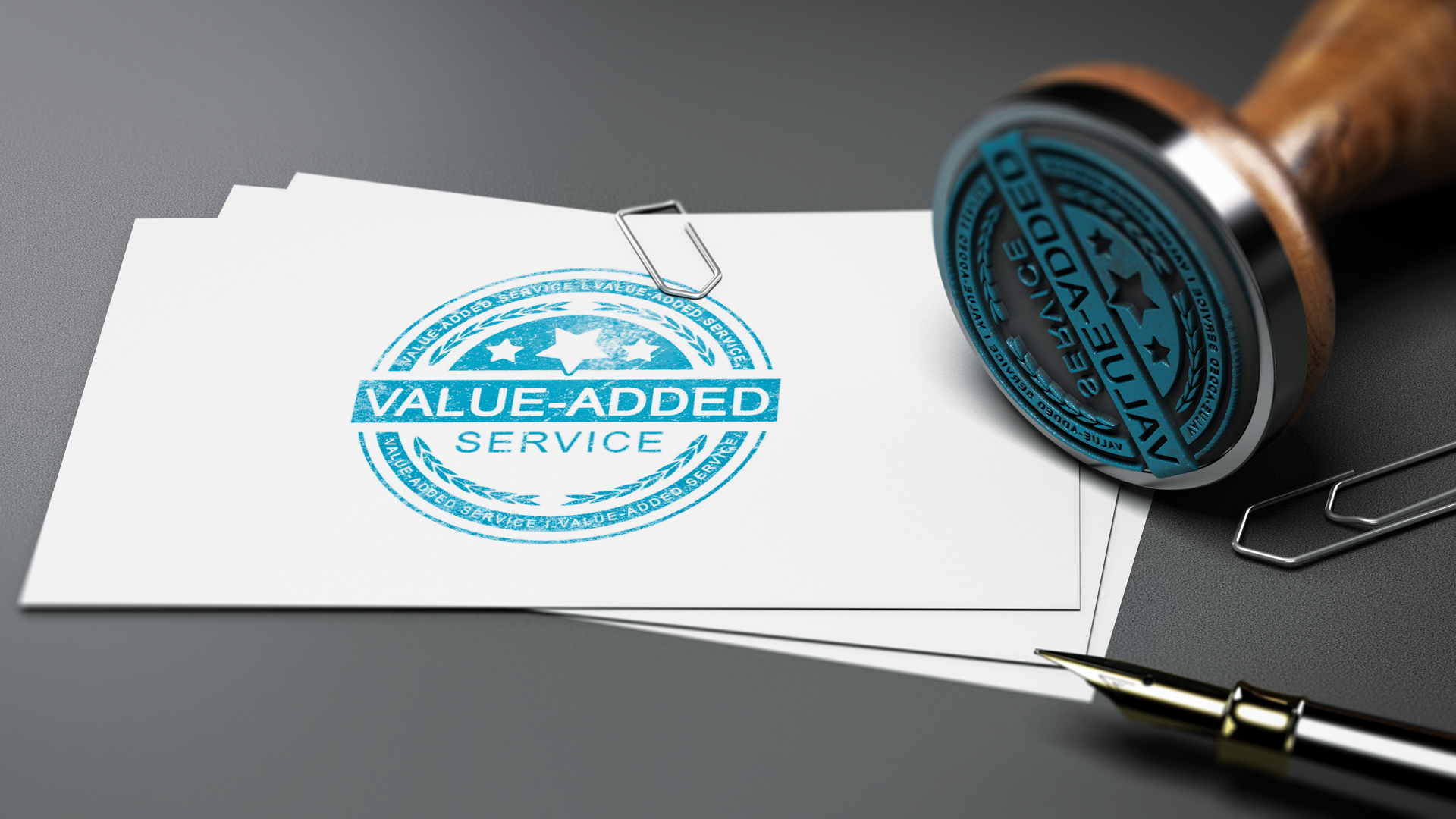
Put yourself in your consumers’ shoes and make a list of what you’d value most. Better yet, ask around. You need to always put your crowd’s needs at the top of your mind over the need to sell. Because when your audience sees excellent quality, the sales are bound to follow.
Make sure that you produce quality products/services so it doesn’t need much talking up. This alone can get you more followers. Showing how much you can offer is the best way to show how invaluable you are to people
Quality social media accounts

Another thing to remember is to choose only 2-3 platforms to manage (at least in the beginning) so you don’t spread yourself too thin and end up performing poorly on some of them. Consider which ones have a higher density of your target market and go with that.
Once you get a better handle on your social media platforms, you can add a few more to your roster.
Quality content
Getting spammed by useless info is a surefire way to lose followers on your social media pages/accounts.
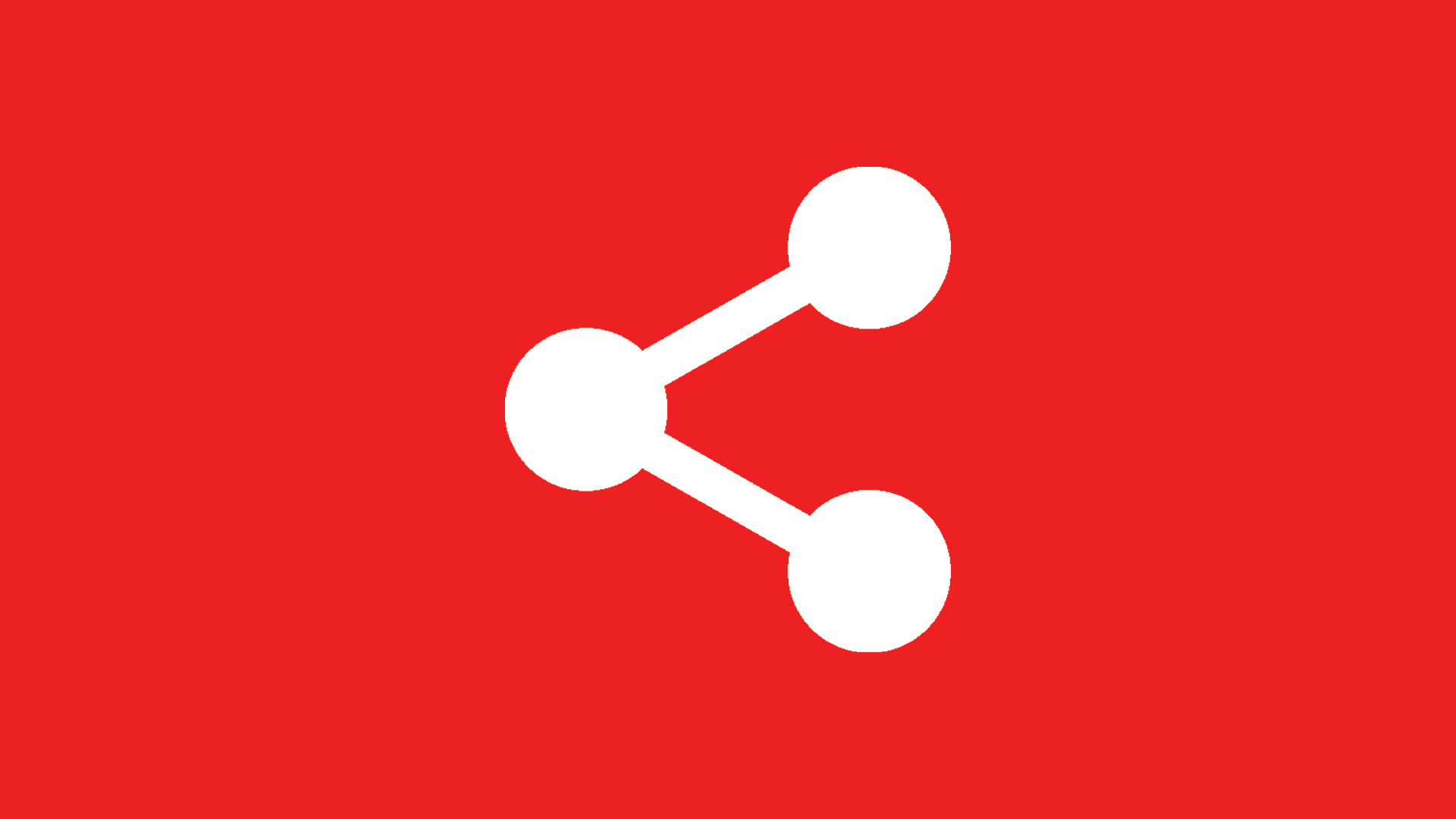
So produce content that benefits the viewers to keep them interested in your posts and updates. Think about how your products/services can improve your subscribers’ lives and highlight them. Post meaningful and well-thought concepts so you don’t become just another annoying ad that’s hungry for sales.
Your time is money, and as is such, you’d want to use technology to make things better, faster, and more efficient.
Emails and messages

Engagement Managing tools, like Buffer and Hootsuite, can help you stay ahead of your messages and mentions in a productive dashboard. They collect all your messages and mentions so you can efficiently manage multiple platforms in one place.
Data analysis

To cut down on time and energy with data analysis, Google Analytics will have all the facts and figures sorted for easier reading.
Graphic/visual content
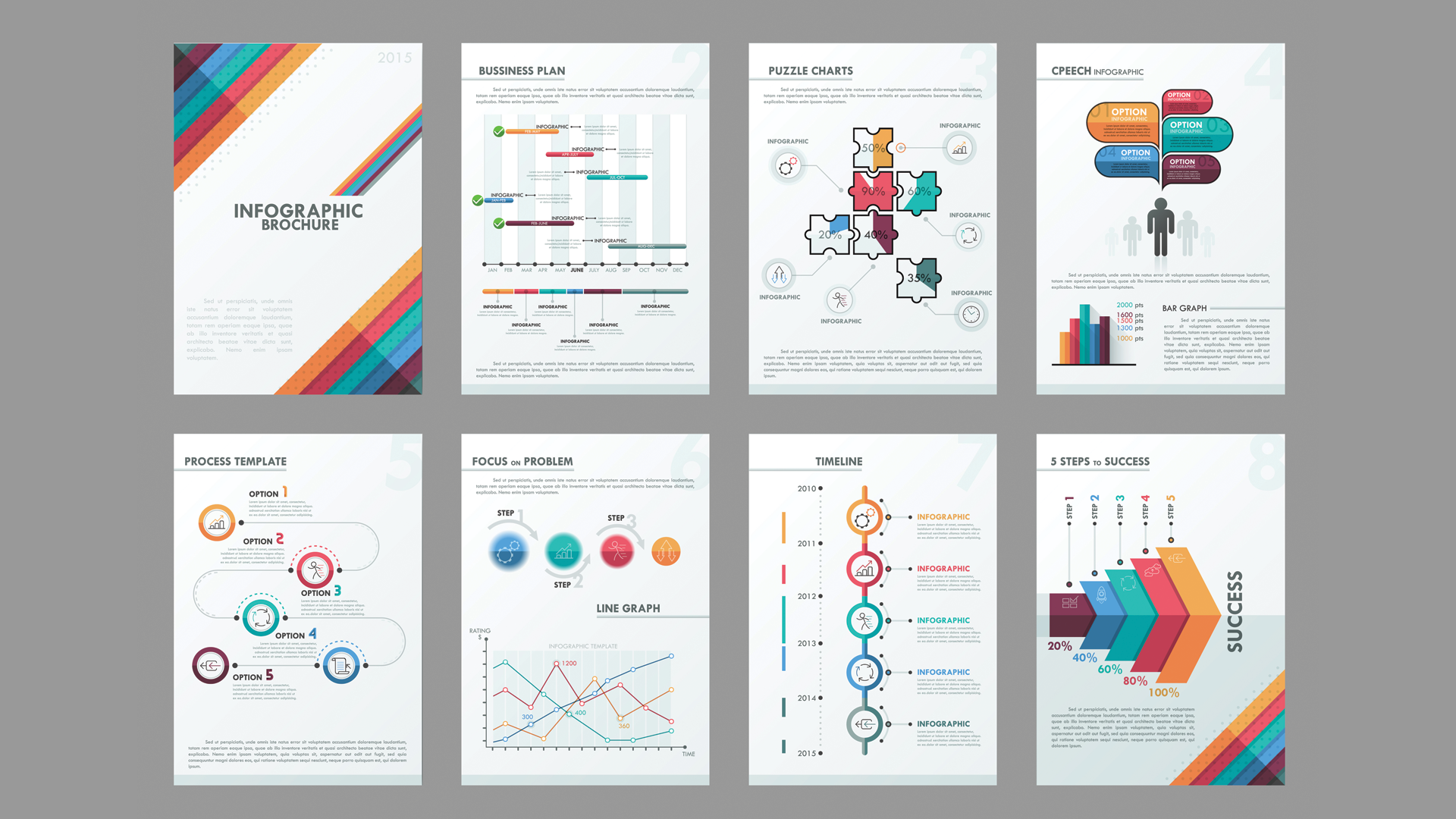
Naturally, you’ll also need tools for creating creative visual content. Apps like VSCO and Canva are quite helpful in this area as they make editing photos easy even for newbie creators. Produce eye-catching images/graphics effortlessly with a few clicks and readymade templates.
Research archiving

As skimming through inspiration and pegs for your future content is part of your “research”, using content curation and saving apps like Pocket can be quite handy. They can be like content vision boards that help you catalog useful sites or links for your topics.
Automation
Use apps that can be automated to save you time and energy that you can divert to other marketing efforts. Using email automation systems such as services offered by Hootsuite, that send out emails you scheduled can be a great time management/productivity tool.
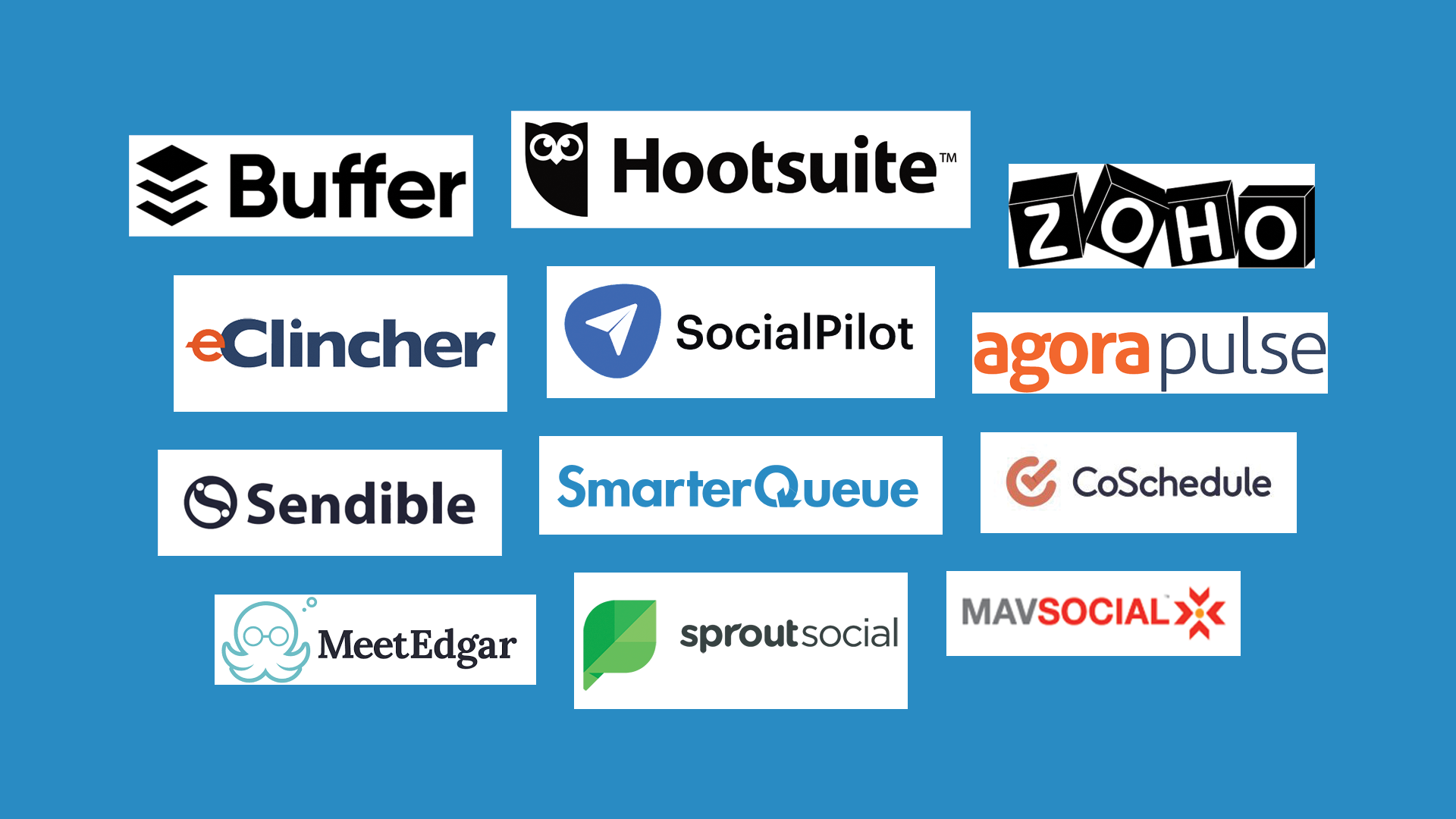
Automation can also come in the form of chatbots that can filter FAQs and lessen the torrent of inquiries coming in. Chatbots can accommodate usual concerns so those can at least get filtered out and dealt with passively (at least on your part).

After meticulously planning and confidently executing them, the flow of your social media campaign doesn’t end. The next step is to assess your overall performance to know if your goals were met.
Through analytics, you can see where you’ve succeeded and which parts need reviewing. Then you come full circle and go back to the first step: plan again.
Fine-tune your system with A/B testing where you can make minor modifications to see which ones are a better fit for your objectives.

Is your Instagram more engaging than your Facebook account? Are your viewers leaving more comments on Twitter?
Study which type of post most of your visitors respond to and make adjustments to your plans to get better results. Are videos better than images? Are your infographics shared more than your photos?
Your community will let you know what the next steps are from here.
And that’s that about social media for your business.

In brief, using your social media as a platform to showcase your brand can:
Expand your visibility
Widen your demographic
Add value to the online aspect of your business
Connect better and more directly with your audience
To Boost Your Business with Social Media:
Set up a plan.
Make SMART goals
Determine your key performance indicators
Check out your competition.
Lock on to your target audience.
Designate social media platforms.
Forge positive relationships (with your audience and partnerships).
Observe trends.
Quality over quantity.
Utilize tools available.
Constantly check and refine your quality.
Going through the steps and processing a workable system is the best way to make your social media campaign earn its worth in building up your brand. Take baby steps before leaping into bigger commitments.
Opportunely, the amazing part about social media is that it gives all businesses, no matter the size, an opportunity to climb the ranks and get noticed. So with a positive outlook, walk on and set out on your social media enterprise.
If you’re looking for more extensive and website-focused solutions for your web page, look us up here and check out how we can help grow your business!
